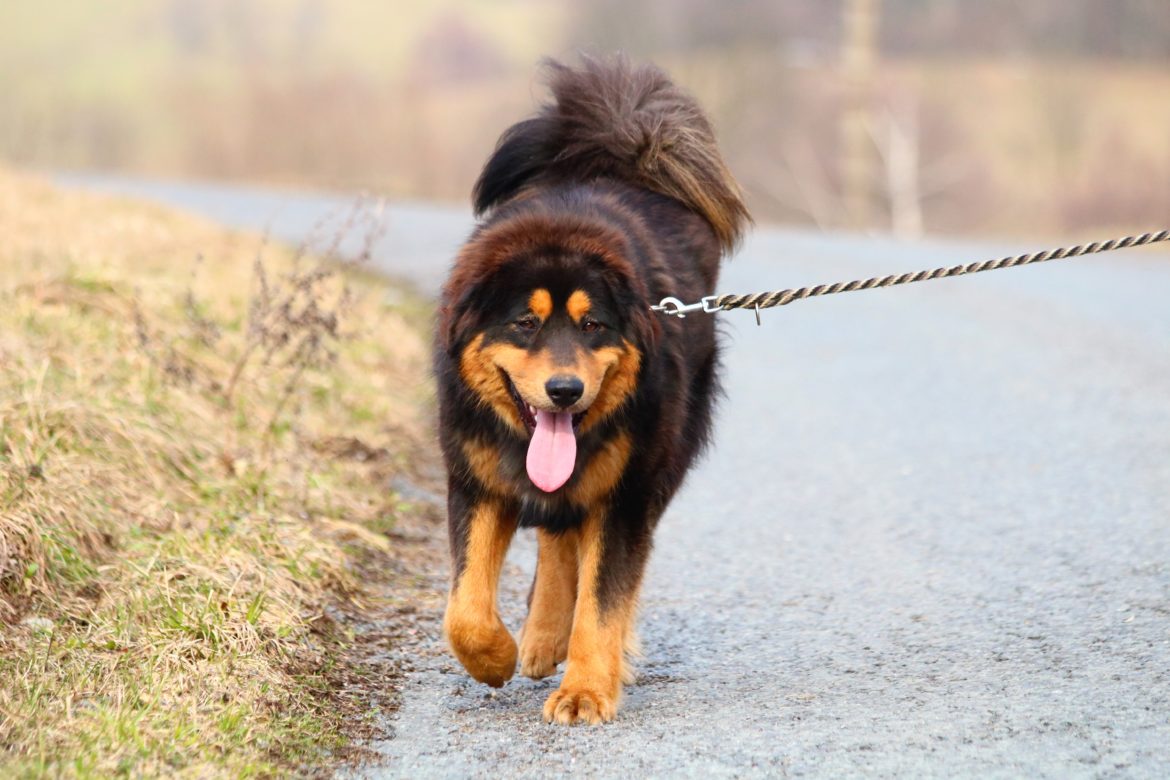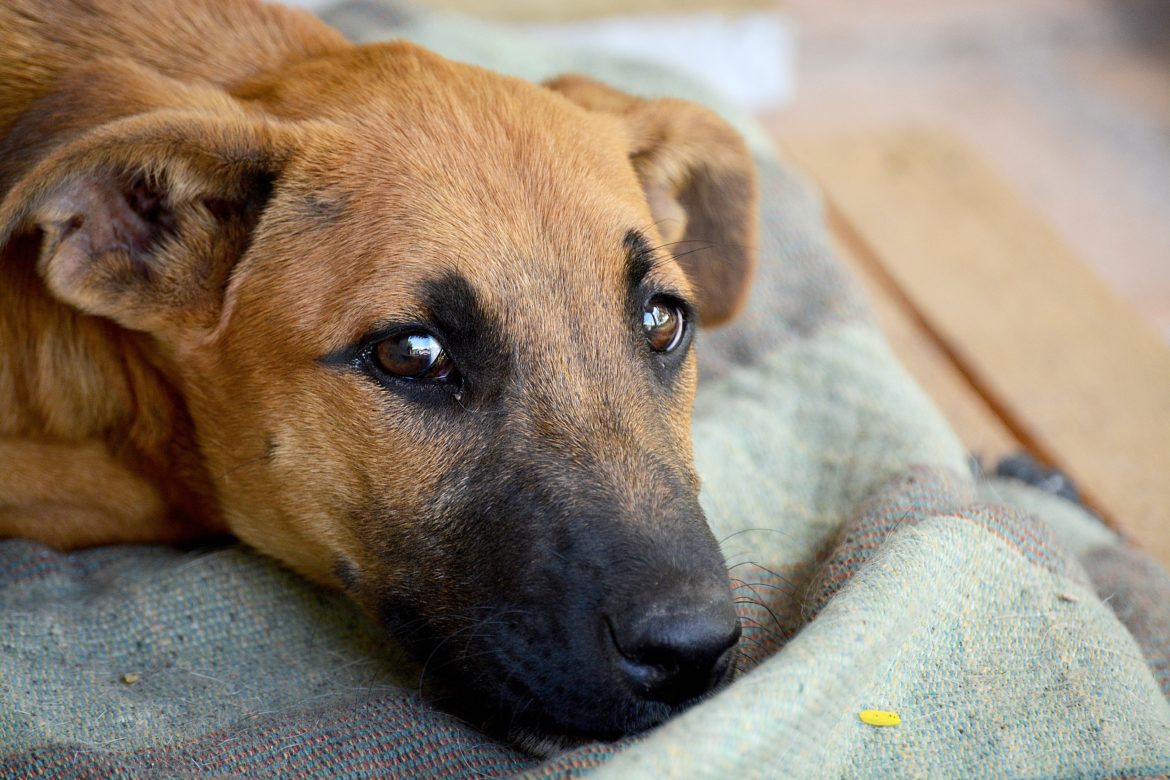Are you ready to get outside and help your dog shed some excess pounds? Here’s a quick guide to starting a new exercise routine for a mostly sedentary pet.
It’s extremely important for dogs to stay physically active. Even a small amount of extra weight can be detrimental to the health of certain breeds. If your dog is overweight but not obese, simply dedicating more time to going on walks can be beneficial.
Before beginning a new exercise program with your pet, consult your veterinarian. They’ll help ensure your pet is physically capable of the exercise and does not have any underlying health issues. They can also work with you on a plan that is tailored to your pet’s condition and needs if something more structured is required. If you’re concerned about your pet’s limited mobility, there are alternatives you can discuss with your vet, like physical therapy or special low impact exercises.
Getting started with a walking routine
Begin gradually. You probably couldn’t run a full 5k the very first time you go out for a jog, and your dog is the same! They need some time to build muscle and endurance. Consider setting a starting goal of 30 minutes of walking five days per week. If that’s too challenging for your pup, break it into shorter increments throughout the day, and start a slower pace that’s comfortable. From there, increase the duration and intensity of walks until you’ve reached the goal.
Once your dog becomes a pro at the original goal, set a new one! Pick up the pace and the length as long as your dog is up for the challenge. Your dog may even graduate to loyal running partner!
Be mindful of terrain, especially with a dog that isn’t accustomed to exercise. Hills or rough walking surfaces will make walks more difficult. You also must consider the weather – small dogs or dogs with thin coats could benefit from booties or clothing in cold temperatures, and dogs with heavy coats may require more stops for water, especially if it’s hot outside.
If you’re committed to a regular walking routine, it may be time to upgrade to a harness, which is more comfortable for your dog and easier on your muscles as you maintain control of the leash.
Here a few more creative tips for increasing your dog’s activity level:
- Instead of rewarding good behavior with treats, use walks or playtime.
- Encourage movement around the house by changing to location of your dog’s food, such as up or downstairs.
- Playing fetch is also a great way to get your dog moving. Find a ball or squeaky toy they can’t resist!
- Add play sessions into your daily schedule to make sure you set aside 20-30 minutes a day for engaging your pup.


